History of Computers
The history of computers dates back far beyond what most people imagine. While modern computers are sleek and fast, their earliest ancestors were simple devices used for counting and calculations. The first known “computers” were actually human beings who performed calculations by hand or used tools like the abacus, invented thousands of years ago.
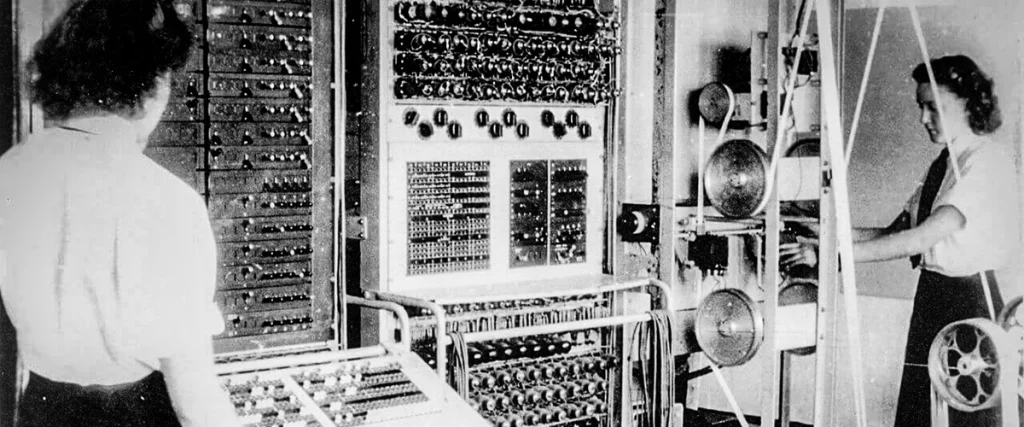
Early Computational Devices
The first mechanical calculator was built by Blaise Pascal in the 17th century. It was capable of adding and subtracting, laying the groundwork for future inventions. A monumental leap occurred in the 19th century when Charles Babbage designed the Analytical Engine, a machine capable of performing any calculation. Although Babbage’s vision was never fully realized in his lifetime, his concepts formed the foundation of modern computing.
Charles Babbage: The Father of Computers
Charles Babbage is often hailed as the first to conceive a fully programmable mechanical computer. His Analytical Engine, conceived in the 1830s, was revolutionary, incorporating the use of punched cards for input. This concept influenced future computer design. While Babbage’s machine was never built due to technological limitations, his vision laid the groundwork for the evolution of modern computing systems.
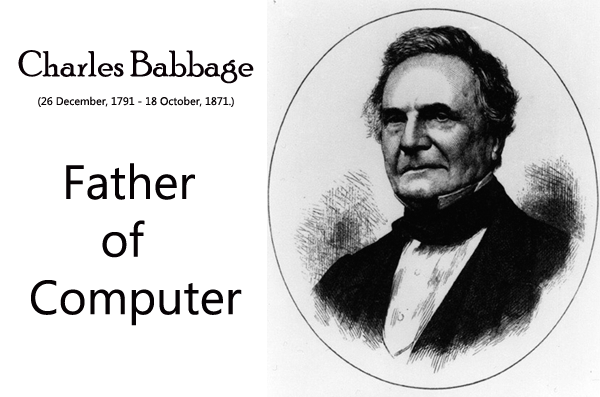
The Invention of the First Computer
ENIAC: The Birth of Electronic Computing
The first functional electronic computer, ENIAC (Electronic Numerical Integrator and Computer), was developed during World War II. Created by John Presper Eckert and John Mauchly, ENIAC was the world’s first general-purpose computer. Weighing over 30 tons and filling an entire room, ENIAC could perform thousands of calculations per second—a revolutionary achievement at the time.
Facts on Early Computers
- Early computers like ENIAC could take up an entire room with their cables, tubes, and massive machinery.
- Vacuum tubes, used in early computers, would overheat and burn out frequently, requiring constant maintenance.
- These machines could only perform a limited number of tasks at once, far from the multitasking capabilities of modern PCs.
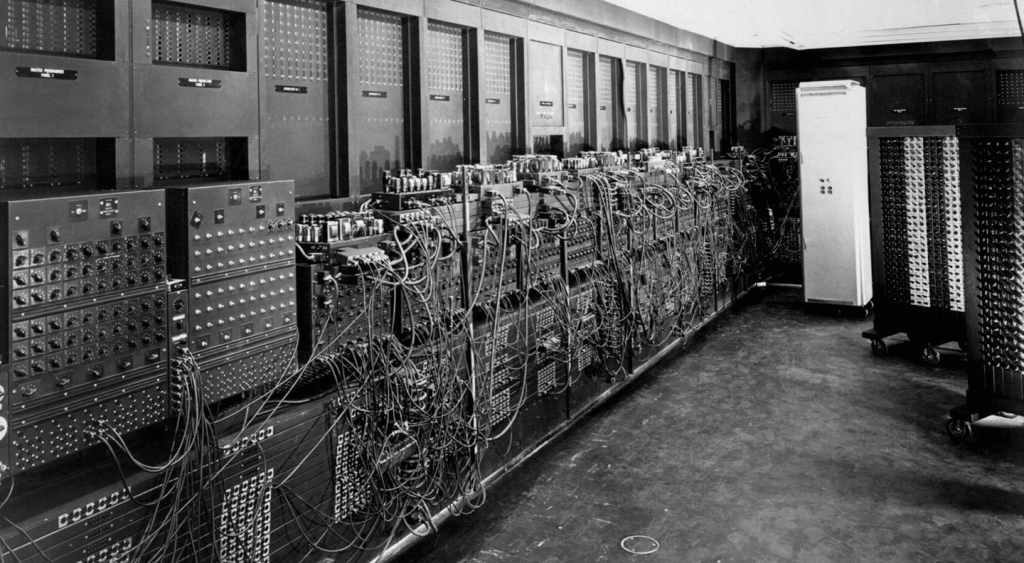
The Rise of Personal Computers (PCs)
The emergence of personal computers in the 1970s and 1980s brought computing power into homes for the first time. The release of devices like the Apple II and IBM PC set the stage for a technological revolution. Previously, computers were confined to government agencies and large corporations due to their size and cost. However, the rise of personal computing empowered individuals to engage with technology directly, sparking innovation in software, gaming, and business applications.
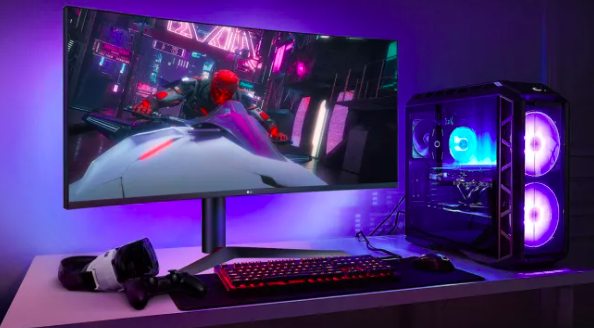
Personal Computers Becoming Household Items
Today, personal computers are a household essential, with laptops, desktops, and mobile devices allowing people to work, communicate, and entertain at the touch of a button. Computers transitioned from bulky office machines to sleek, portable devices that individuals can carry with them wherever they go.
Microsoft vs. Apple: A Computer Revolution
The Battle of Giants
The rivalry between Microsoft and Apple defined the personal computer industry in the 1980s and 1990s. Microsoft, led by Bill Gates, revolutionized the software market with the Windows operating system, which became the dominant platform for personal and business computers. Meanwhile, Apple, driven by Steve Jobs, focused on creating user-friendly, aesthetically pleasing machines like the Macintosh.

Operating Systems: The Heart of Modern Computing
Every computer operates using a system that controls its hardware and software. Today, several major operating systems dominate the market, including Microsoft Windows, Apple macOS, and various distributions of Linux.
Comparing Major Operating Systems
- Windows: Known for its widespread use in business environments and by general consumers.
- macOS: Popular among creatives and designers for its intuitive interface and powerful graphic capabilities.
- Linux: Open-source and highly customizable, preferred by developers and tech enthusiasts.
The Internet and Computers
The invention of the internet transformed the role of computers, connecting millions of people across the globe. Originally developed for military use in the 1960s, the internet exploded in popularity during the 1990s with the introduction of the World Wide Web.
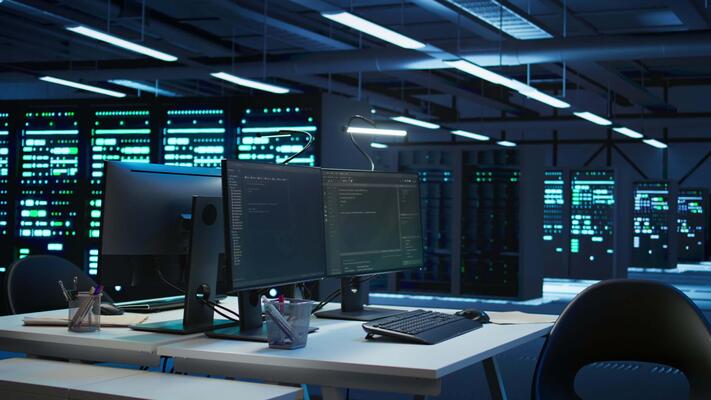
Computers as Gateways to the World
Personal computers became the gateways to vast amounts of information, revolutionizing communication, commerce, and entertainment. Today, the internet and computers are inseparable, with most users relying on the web for everything from work and research to socializing and shopping.
Supercomputers: Power Beyond Imagination
Supercomputers represent the pinnacle of computing power, capable of performing trillions of calculations per second. These machines are typically used for scientific research, climate modeling, and complex simulations that require massive computational capacity.
Examples of Supercomputers
- NASA’s Supercomputers: Used for space exploration and modeling of planetary movements.
- CERN’s Supercomputers: Simulate particle collisions to help physicists study the universe’s building blocks.
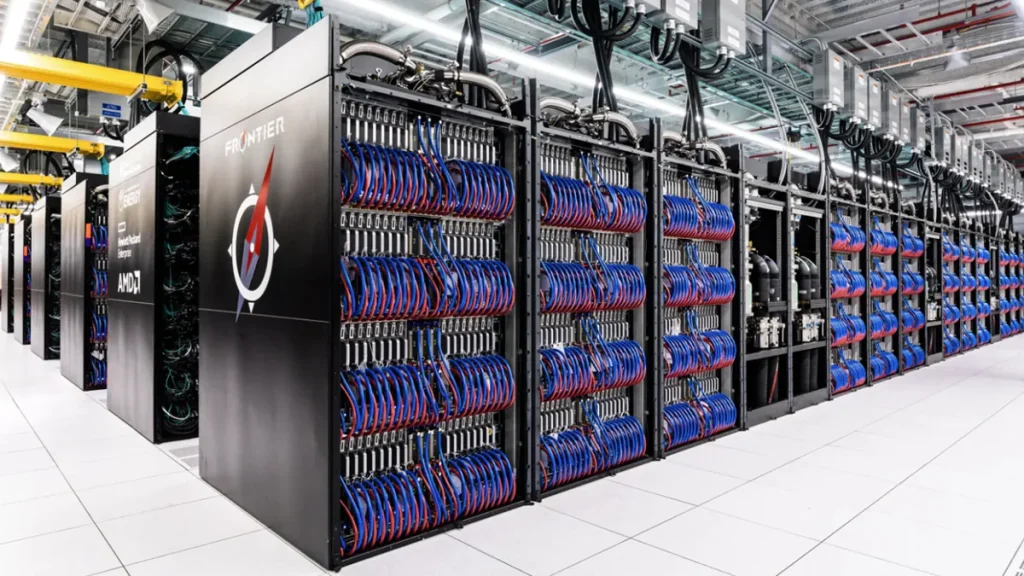
Quantum Computing: The Next Frontier
Quantum computing promises to revolutionize technology by harnessing the principles of quantum mechanics. Unlike traditional computers, which use bits to process information in binary form (0 or 1), quantum computers use qubits, which can represent both 0 and 1 simultaneously.
Quantum Computing’s Potential
The immense processing power of quantum computers could revolutionize industries such as cryptography, medicine, and AI, solving complex problems in seconds that would take traditional computers years to compute.
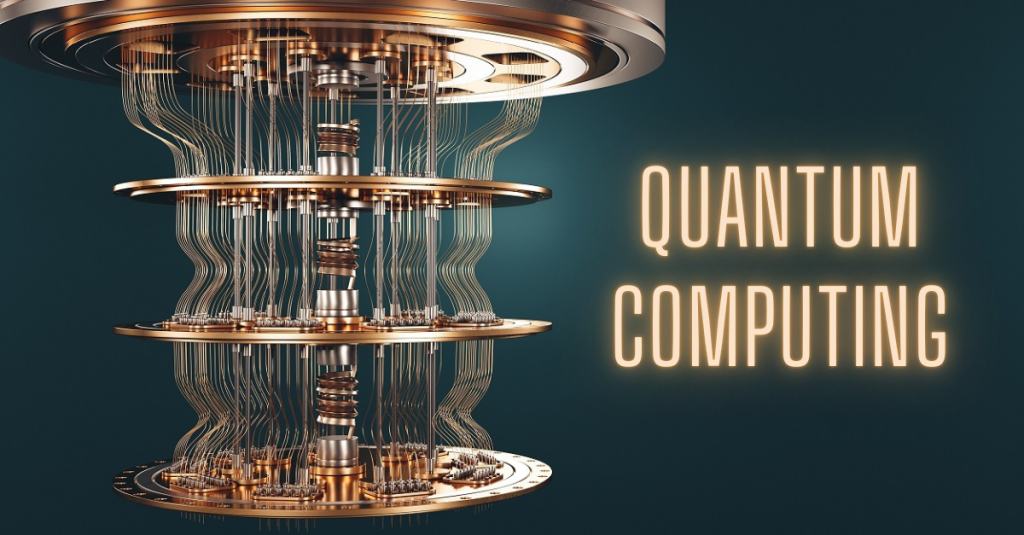
AI and Machine Learning: Computers Getting Smarter
Artificial Intelligence (AI) and Machine Learning (ML) are key drivers of modern computing advancements. Powered by computers that can process and learn from vast amounts of data, AI systems are transforming industries like healthcare, finance, and transportation.
The Role of Computers in AI Development
AI algorithms depend on the computing power to process big data sets and make predictions, whether for diagnosing diseases, recommending products, or driving autonomous vehicles.
FAQs
What was the first computer?
The first general-purpose electronic computer was ENIAC, built in 1945. It was designed for military calculations and is widely considered the precursor to modern computers.
Who is known as the father of computers?
Charles Babbage is often regarded as the father of computers for his design of the Analytical Engine, a 19th-century mechanical computer.
What are supercomputers used for?
Supercomputers are used for tasks that require immense computing power, such as scientific research, weather forecasting, and large-scale simulations.
What’s the difference between a PC and a Mac?
PCs generally refer to personal computers running Microsoft Windows, while Macs are computers designed by Apple that run macOS.
What is quantum computing?
Quantum computing is a new field that uses quantum bits (qubits) to perform complex calculations much faster than traditional computers.
How has the internet changed the role of computers?
The internet turned computers into global communication devices, enabling users to access vast amounts of information, connect with others, and perform online tasks that were unimaginable in the early days of computing.
Conclusion
Computers have evolved dramatically since their invention, transforming the way we live, work, and interact. From Charles Babbage’s early mechanical designs to today’s supercomputers and quantum machines, computers have redefined the possibilities of human achievement. As technology continues to advance, the future of computers holds even more exciting potential, further blurring the lines between science fiction and reality.

